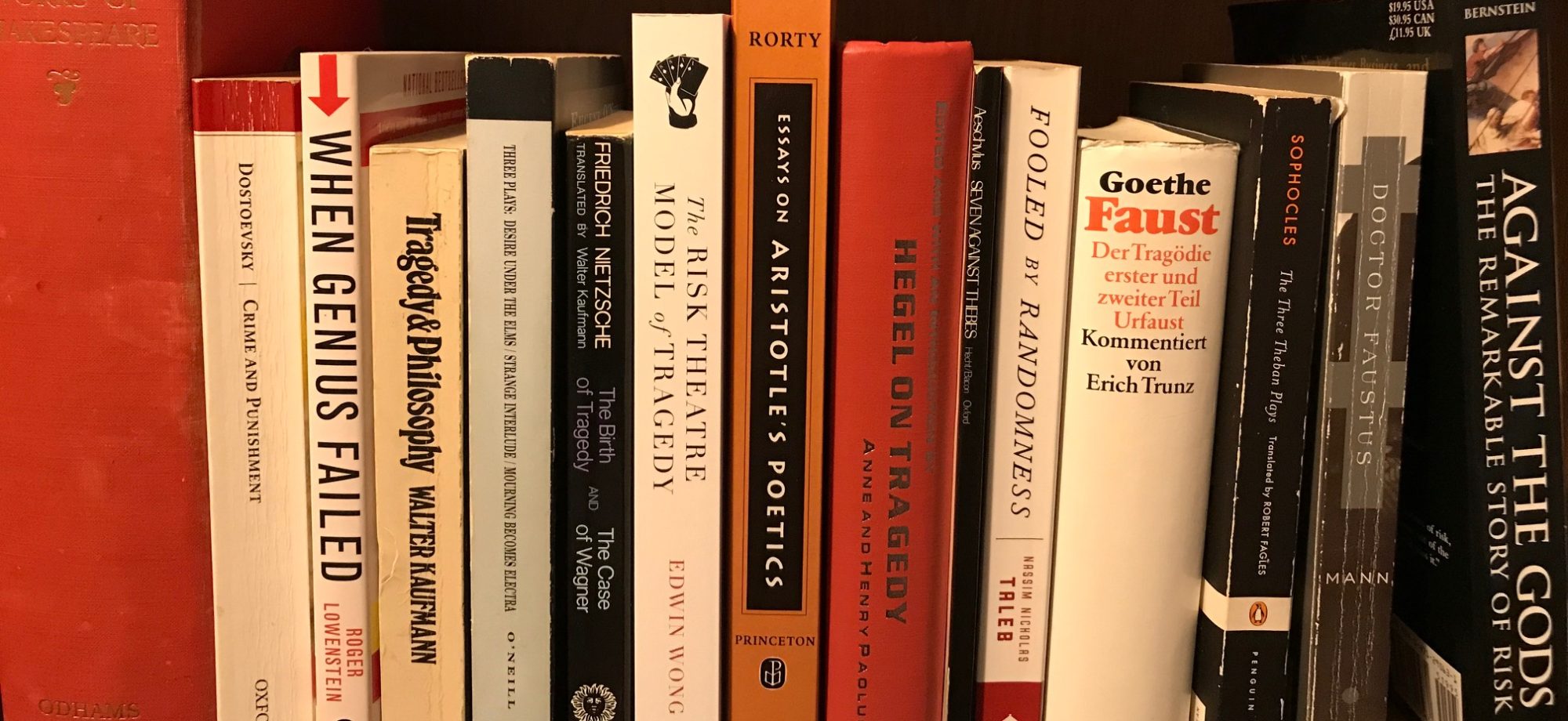Dead Man’s Hand Photo Shoot
This is it! Photo shoot coming up at the Cenote Lounge Sunday, May 31st 2:30-4 with appys and drinks on the house afterwards. The Cenote Lounge is next to the Odeon Theatre and down a flight of stairs. Thank you to the owner for opening up a few hours early so that we can do the shoot. And thank you also to all the volunteers who are taking a big chunk out of their Sunday afternoon to help out. Don.t worry, it.s time well spent: when the book on tragic art theory sells ten million copies, you will be a star!
Not sure what I.ll wear to the shoot, thinking about trousers with collared shirt, no jacket no tie. But jeans and t-shirt would be equally appropriate. LH is thinking about wearing classic black dress and word is MR is going to break out the mighty cowboy boots and hat. Baseball caps (might work out well with poker brim) and bow ties have been mentioned. To me, best fit for the shoot would be something that is your style in a subdued colour. The centrepiece of the painting is the dead man’s hand and people.s astonished reactions to the loud entrance. Lots of options for attire.
There.s a cap of 10 people, we.re at 10 adults and one child (understandably the owner isn.t looking for the restaurant to be overrun!). Of the adults, 3 women and 7 men. Had wanted balanced numbers but couldn.t get it to go this time. Here.s the roll call:
1 LH
2 MT
3 Es
4 OZ
5 CR
6 Ei
7 MR
8 DR
9 SB
10 Ro
11 EW
I hope everyone can come, it.s going to be a blast! But if something comes up (which is the way of the world), please drop me a line so I can fill the spot.
Dead Man’s Hand Cue Cards
What.s everyones’ roles during the shoot? Good question! The talented artistic team nailed it down last night at Cenote over a few cold ones. Thank you to SB, MR, and Ro for their enthusiastic input. There.s seven roles. Everyone can play as many roles as they like: nice thing about digital photography, we can take lots of shots and select the best afterwards. I.ll have little cue cards made up for the day of the shoot so as you rotate into different roles you.ll can see what that character is up to. The backstory is that Wild Bill Hickok is playing poker with his back to the entrance, pulls out the dead man’s hand (pair of aces on eights). At that moment, the gunman enters and shoots him in the back of the head. The moral of the story is never to underestimate the unexpected. The dead man’s hand is the visual representation of the unexpected that.s made its way into common folklore (i.e. Dylan has a song about it, Motorhead sings about it, and so on).
Here are the roles:
1 Bartender. Action: cleaning a mug, looking at gunman apprehensively. Thoughts: ‘Something bad is about to happen (but I.m not sure what quite yet)’. Personality type: experienced, seen it all.
2 Barstool customer. Action: turning head slightly towards gunman, looking with corner of his eye. Smoking cigar. Thoughts: ‘Make my day!’. Personality type: ornery, not impressed with what.s about to happen.
3 Server. Action: walking into kitchen, startled by sound of gunman entering, contorts body/head to look, carrying tray. Thoughts: ‘Shit!’. Personality type: easily frightened.
4 Gambler #1. Action: playing with poker chips, arm on chair, disinterested smirk. Thoughts: ‘Hmmmmm’. Personality type: cool, indifferent
5 Gambler #2 Action: hand on table, tilting body, about to get up, looking directly at gunman. Thoughts: ‘Shit!’. Personality type: interested in self-preservation.
6 Gambler #3 Action: focussed on game, turns to gunman with poker face. Thoughts: ‘A distraction to the game of poker’. Personality: stoic.
7 Dog: Action: sleeping, perks up ear.
8 Wild Bill Hickok: Action: startled, about to turn around. Thoughts: ‘Damn I shouldn.t have sat with my back to the door’. Personality: grizzled
There you have it. Comments and suggestions by assiduous readers always appreciated and welcome!
Until the Sunday shoot, I.m Edwin Wong and I am always thinking of ways of Doing Melpomene’s Work.

